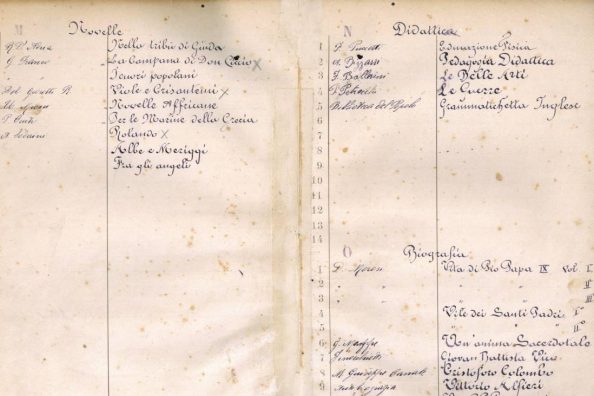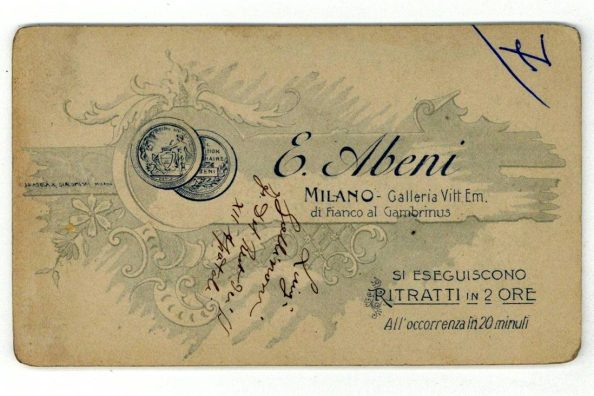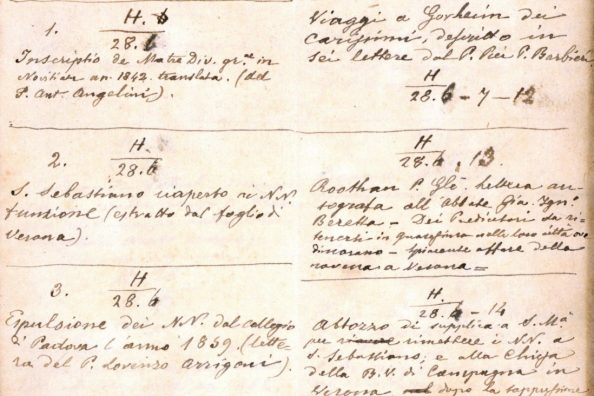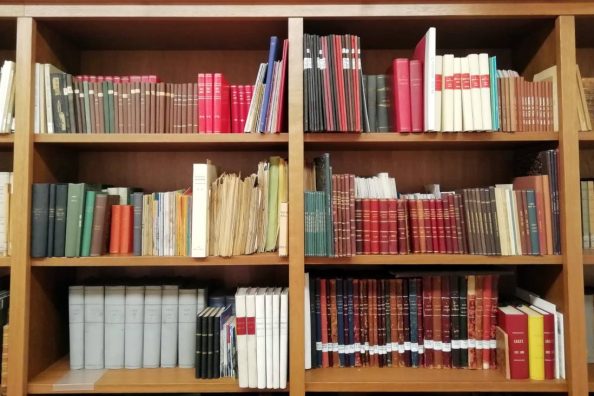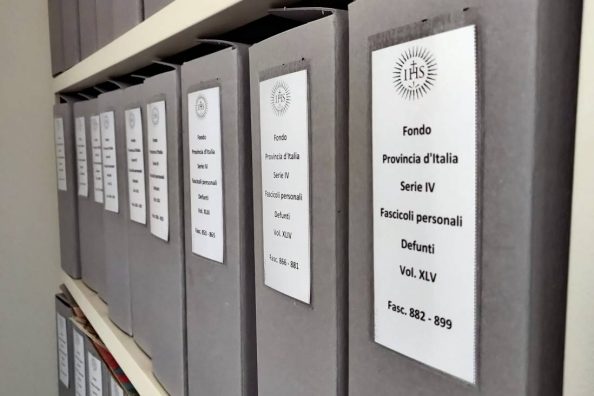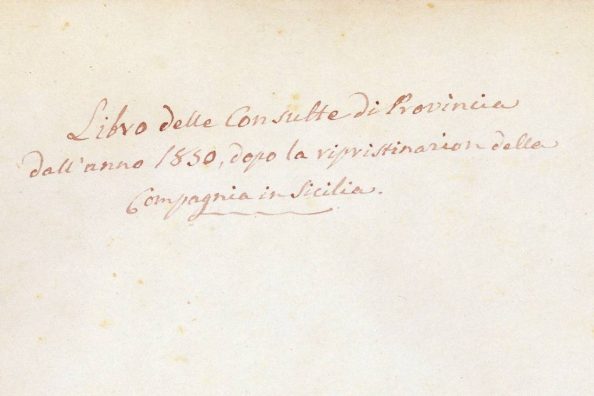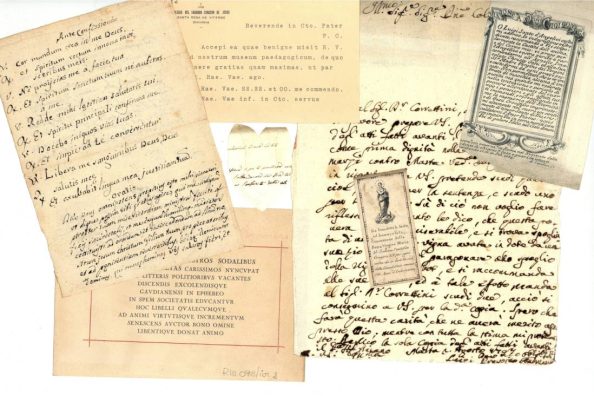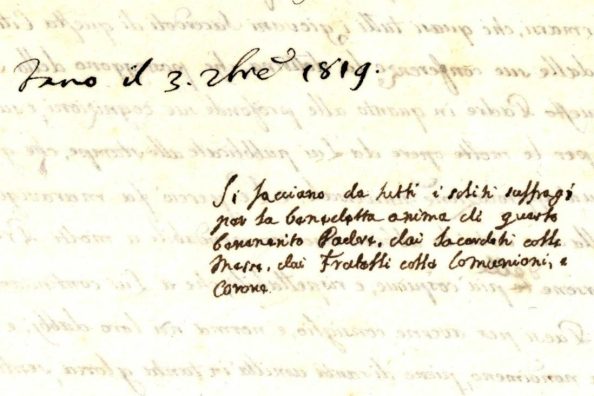The Congregation of the Peasants
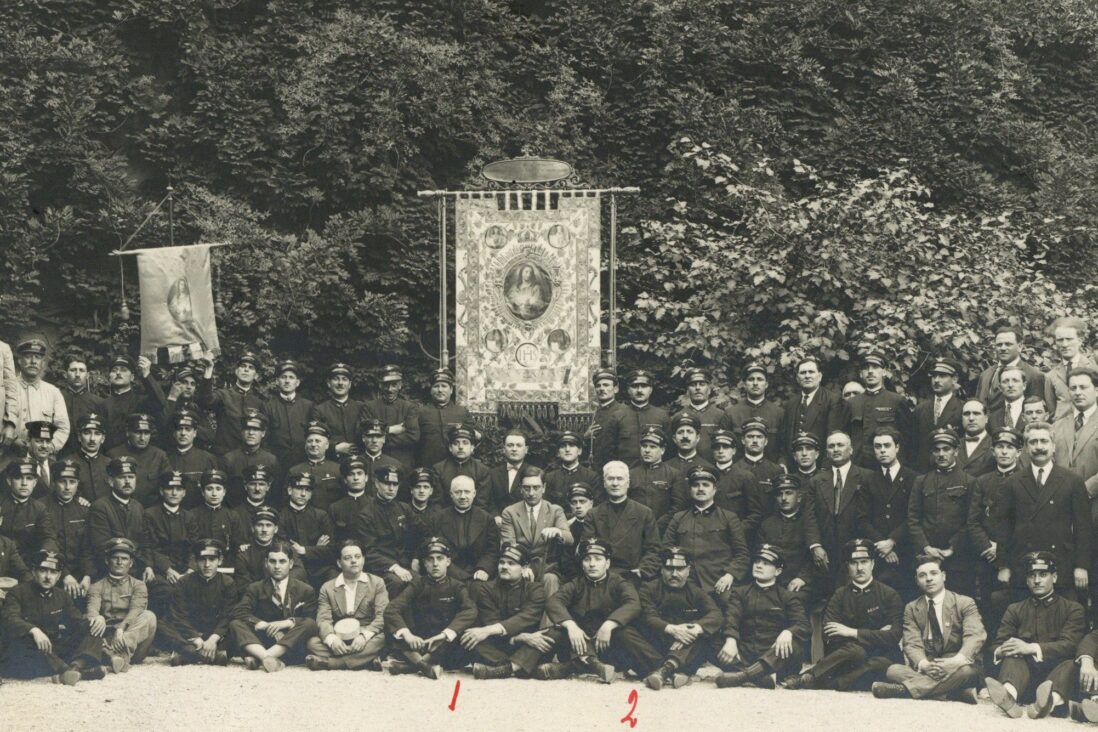
In Rome there was a congregation for every need, every stage of life and every trade, including peasants. Reading the title of today’s article, we might think we are talking about a Jesuit work located in the countryside and active in the 17th century, instead we are in Rome two centuries later.
The history of the confraternity
The confraternity of the campagnoli, consisting of ‘peasants, vine-dressers, gardeners who in the vineyards within the district of the walls are to be found and in their vicinity’ met in the church of S. Vitale, which today stands halfway down Via Nazionale, right in the centre of the city.
The church was entrusted to the Society of Jesus by Clement VIII, in our records there are only two memorials on the history of the church and its activities, it seems that the confraternity was already active during the Old Society, but we do not keep records for that period.
However, we do have a register of members of the confraternity from 1860 until 1872 when the last farmer decided to put his name down. In the years when the register was compiled, the area of S. Vitale was surrounded by meadows, land and estates, as it was still a non-central area of the city of Rome, which would be affected by a great phenomenon of urbanisation and building construction from 1870 onwards.
The protagonists in the source
In the register, an address book, appear the names of about 300 men from various towns of the Papal Kingdom, by then at the end of its life. Anagni, Camerino, Corinaldo, Fermo, Fossombrone, Frosinone, Genazzano, Marino, Palestrina, Paliano, Perugia, Rimini, Rome, Sassoferrato are just some of the dozens of towns mentioned.
From this source we obtain the names, place of origin and year of enrolment in the confraternity; we also know that all these workers had chosen to work in Rome.
This is a very useful source for historians who could use this data to reconstruct the history of peasants, gardeners and vine-dressers who worked in an area of Rome that today corresponds to one of the busiest, between Termini Station and Santa Maria Maggiore and the neighbouring districts, but which in the last years of the Papal State was dotted with fields, vineyards and the gardens of some noble villas.
We also know that the Jesuits who lived in the nearby novitiate of S. Andrea al Quirinale officiated at mass in the church of S. Vitale very early on, precisely for the benefit of these workers who then had to travel to more or less distant fields and grounds. Novices too were involved in spiritual activities for the benefit of the cultivation professionals.
They were guaranteed spiritual assistance from the Jesuits, catechesis as well as confessions and mass.
No photographs of the groups of congregants are preserved, probably never taken since in 1872, the year of the last entry, photographic reproduction was not yet widely available.
The featured image depicts the trammen of Rome, assisted by the work of the perseverance retreats in Rome, in the first decades of the 20th century.
Maria Macchi

